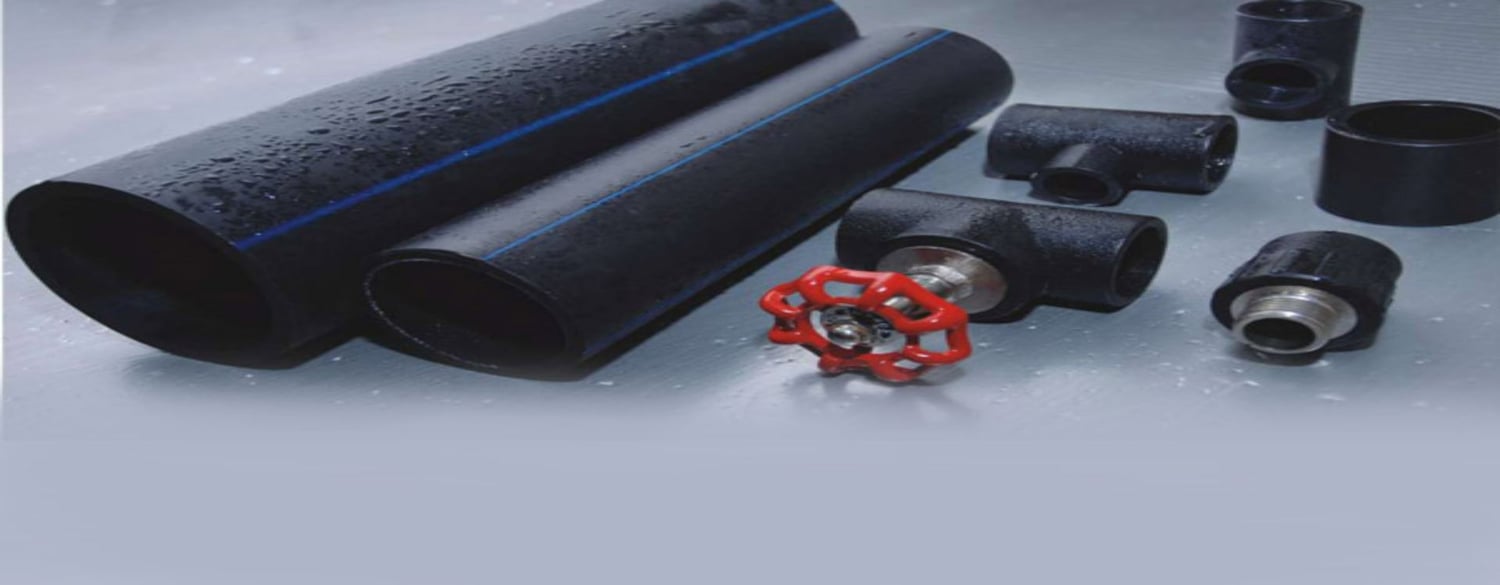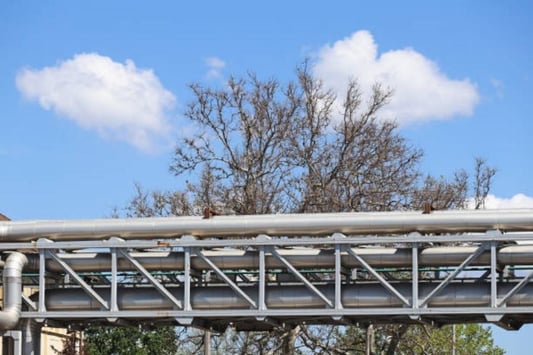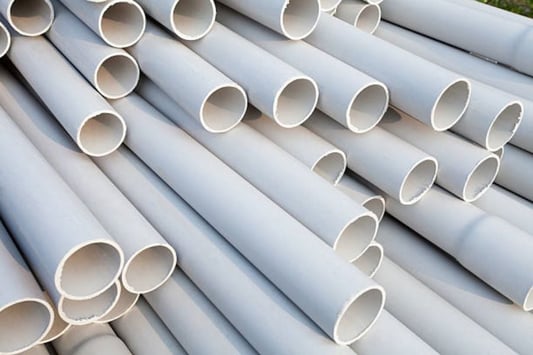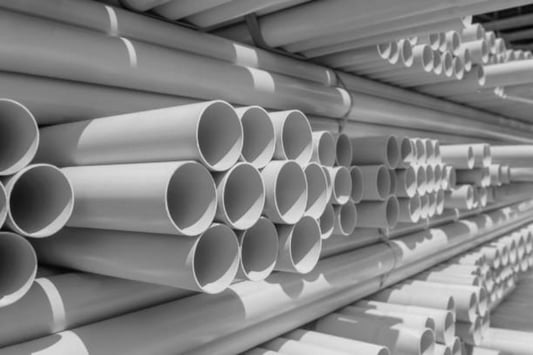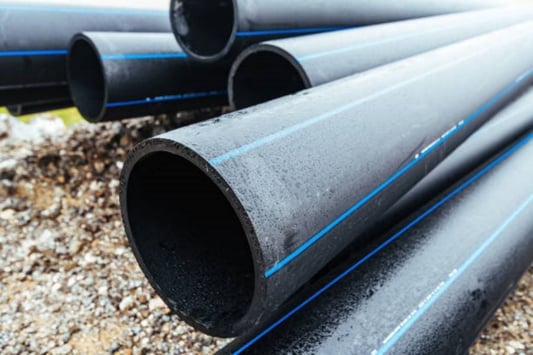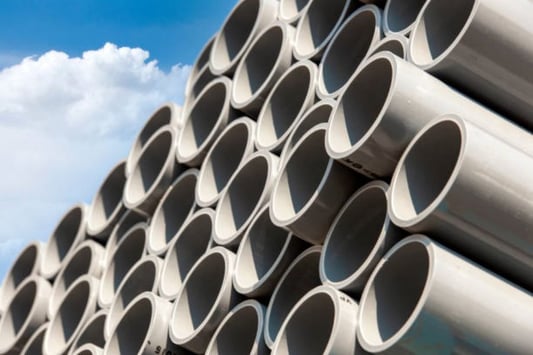IntroductionWhen it comes to drainage systems, 12 inch PVC drain pipes play a crucial role in efficiently channeling water away from your property. These pipes are widely used in residential, commercial, and industrial applications due to their durability, affordability, and ease of installation. In this article, we will explore the various aspects of 12 inch PVC drain pipes and how they can benefit your drainage system.What Are 12 Inch PVC Drain Pipes?12 inch PVC drain pipes are large-diameter pipes made from polyvinyl chloride (PVC) material. PVC is a popular choice for drain pipes due to its excellent chemical resistance, high strength, and low cost. The 12 inch diameter refers to the inner diameter of the pipe, making it suitable for handling large volumes of water. These pipes are commonly used for stormwater drainage, agricultural drainage, and wastewater disposal.Benefits of 12 Inch PVC Drain Pipes1. Durability: PVC drain pipes are known for their long lifespan, as they are resistant to corrosion, rust, and chemical damage. This durability ensures that your drainage system remains intact for years without the need for frequent repairs or replacements.2. Affordability: Compared to other materials like metal or concrete, PVC drain pipes are relatively inexpensive. This makes them a cost-effective choice for both small-scale residential projects and large-scale commercial applications.3. Easy Installation: 12 inch PVC drain pipes are lightweight and easy to handle, making the installation process quick and hassle-free. They can be easily cut, fitted, and connected using PVC fittings, reducing labor costs and time required for installation.4. Smooth Interior: The smooth interior surface of PVC drain pipes ensures efficient water flow and minimizes the risk of clogs or blockages. This smooth flow prevents the accumulation of debris, sediment, or other materials that can impede the proper functioning of the drainage system.Applications of 12 Inch PVC Drain Pipes1. Stormwater Drainage: 12 inch PVC drain pipes are commonly used for stormwater management systems. They effectively collect and divert rainwater away from buildings and landscapes, preventing flooding and water damage.2. Agricultural Drainage: In agricultural settings, 12 inch PVC drain pipes are used to remove excess water from fields, preventing soil erosion and waterlogging. This promotes healthy crop growth by maintaining optimal soil moisture levels.3. Wastewater Disposal: Municipalities and industrial facilities use 12 inch PVC drain pipes to transport wastewater to treatment plants or disposal sites. The chemical resistance of PVC ensures that the pipes can withstand the corrosive nature of wastewater.Installation Tips for 12 Inch PVC Drain Pipes1. Plan the Layout: Before installing 12 inch PVC drain pipes, carefully plan the layout of your drainage system. Consider factors such as the slope of the land, the distance to the outlet, and any obstacles that may affect the flow of water.2. Use Proper Support: Ensure that the pipes are adequately supported to prevent sagging or misalignment. Use hangers or supports designed specifically for PVC pipes to maintain the correct alignment and prevent stress on the joints.3. Follow Manufacturer's Guidelines: Always follow the manufacturer's guidelines and recommendations for the installation of 12 inch PVC drain pipes. This includes using the correct type and size of fittings, solvent cement, and primers for joining the pipes.Maintenance of 12 Inch PVC Drain Pipes1. Regular Inspections: Periodically inspect your 12 inch PVC drain pipes for any signs of damage, cracks, or leaks. Promptly repair or replace any damaged sections to prevent further issues.2. Clear Debris: Remove any debris or obstructions from the drainage system to ensure smooth water flow. This can be done by using a drain snake or flushing the pipes with water.3. Winter Precautions: In colder climates, take precautions to prevent freezing of water in the pipes. Insulate the pipes or use heat tape to protect them from freezing temperatures.Conclusion12 inch PVC drain pipes are a reliable and cost-effective solution for efficient water drainage. Whether you need to manage stormwater, agricultural runoff, or wastewater, these pipes offer durability, affordability, and easy installation. By understanding the benefits, applications, and maintenance tips, you can make informed decisions when incorporating 12 inch PVC drain pipes in your drainage system.Quote Inquiry

